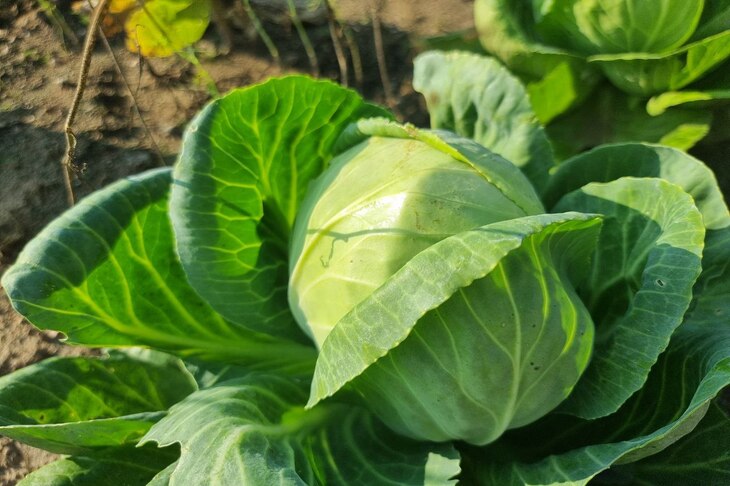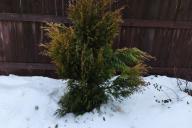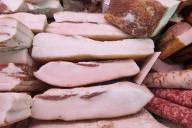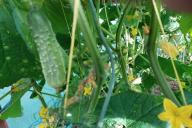Growing cabbage begins long before the seedlings are planted in the ground.
Proper preparation of planting holes guarantees healthy plant growth and a bountiful harvest of vegetable crops.
The Importance of Soil Preparation
High-quality preparation of holes serves as the foundation for the future harvest.

Gardeners pay special attention to the composition of the nutrient medium, which will provide young plants with the necessary microelements and create optimal conditions for growth.
Organic fertilizers
Humus is considered an ideal additive when planting cabbage. Rotted horse or cow manure enriches the soil with organic matter, improves the soil structure and activates microbiological processes.
Humus is able to accumulate moisture and gradually release nutrients to the root system.
Complex mineral supplements
Gardeners often use complex mineral fertilizers with increased content of potassium and phosphorus.
Such preparations stimulate root formation and contribute to the formation of a powerful vegetative mass. It is important to observe the proportions of application in order to avoid an overdose of chemical elements.
Wood ash
Wood ash is a universal soil additive. Rich in potassium and microelements, it neutralizes soil acidity and creates a favorable environment for cabbage development.
Gardeners recommend adding half a glass of hardwood ash per planting hole.
Biological activators
Modern biological preparations can significantly improve the survival rate of seedlings.
Microbiological additives trigger soil nutrition processes, stimulate plant immunity and protect against diseases. Preparations based on beneficial bacteria and fungi are considered popular.
Sand and peat
Light soil amendments play a key role in improving soil structure.
Sand promotes drainage, which prevents the root system of plants from becoming waterlogged. Peat, in turn, retains moisture and enriches the soil with organic matter.
The optimal ratio of sand and peat in the soil is 1:3. This ratio provides ideal conditions for the growth and development of plants.
Mulching materials
After planting seedlings, gardeners recommend mulching the surface around the plants.
Straw, mown grass or chopped tree bark help retain soil moisture, prevent weeds and protect the root system from overheating.
Rules for adding additives
When preparing the holes, you should thoroughly mix all the components. The depth of the holes for cabbage should be about forty centimeters.
The distance between plants depends on the specific variety and can vary from forty to sixty centimeters.








